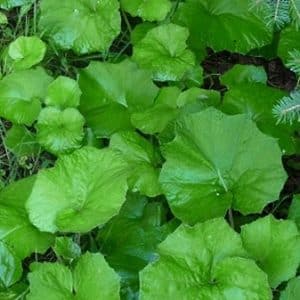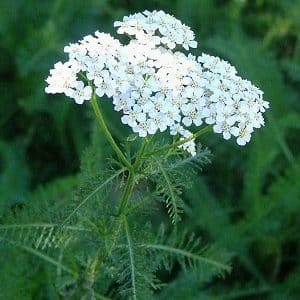Flax has been cultivated for more than 7,000 years in the Middle East as a source of linen fiber and for its oil. The ancient Egyptians, Hebrews, Greeks, and Romans used the seeds as food, the oil as medicine, and the fibers for clothing and ships sails.
The Roman legion used bread made from flax and were able to march long distances and then do battle. Today, Roman meal bread still uses flaxseed, while the linseed oil is used in the manufacture of varnish, paint, linoleum, and soap.
The medicinal properties were well known to the Greeks as Hippocrates recommended flax for mucous membrane inflammations.
In the 8th century in France, Charlemagne passed laws requiring the seeds to be consumed in order to keep his subjects healthy.
Key Actions
Key Components




